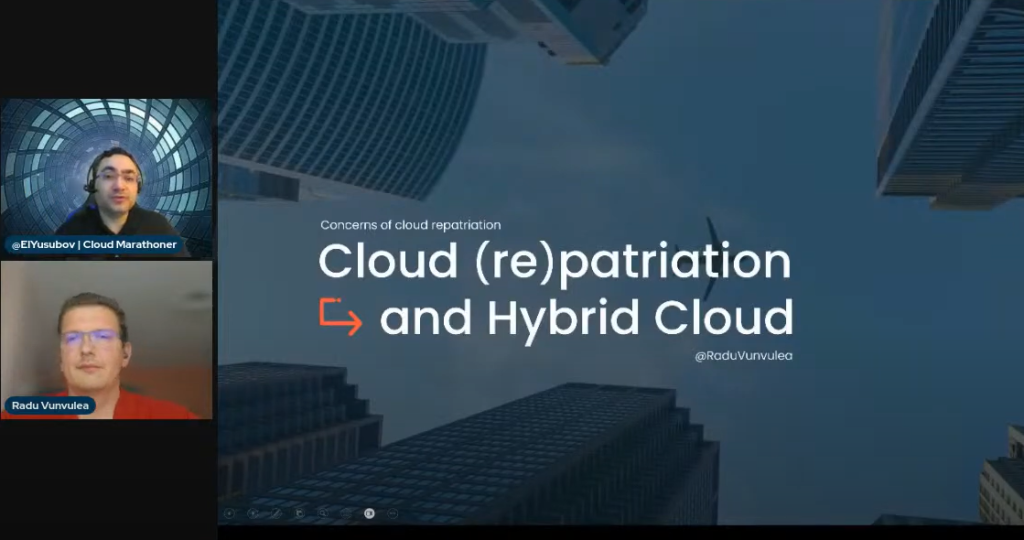Hello dear Cloud Marathoners!
I would like to “Thank You” ALL the community members in the #cloudmarathoner for their support and continued contributions in 2024 🙌 🎉 🎈
Your continued dedication to learning, sharing, and excelling at cloud knowledge has a great impact on everyone.

Our community is growing
Thank you again for your continued feedback and support!
Our community has grown to 1935+ members and we can reach and empower more people now than ever before 💪.
Again and again, “HUGE THANK YOU!” to everyone who has #shared and contributed to the #CloudMarathoner posts on social media.
We are having “GREAT” progress that will continue to provide the power of #knowledge to empower and elevate the people.
IN SUMMARY
Thank you for being a true “trailblazer of the cloud” by being the #cloudmarathoner!
Please, actively check our #CloudMarathoner #tag on LinkedIn. Share and tag information with the community.



















